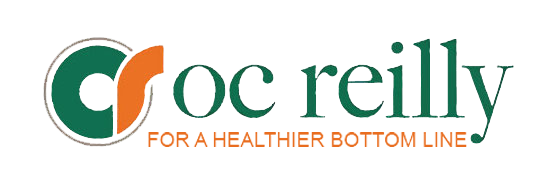By Rick Chew, Business Analyst, OC Reilly Inc.
(Oct. 16, 2017)—Suppose a new company found success and had begun to get traction, increasing market share and revenues, but then discovered a drag on earnings. After some investigation, one factor was found to be the second-largest expense – one that could be addressed and improved.
But the company unevenly addressed it, stating that it was just too complex, with too many moving parts to adequately contain or control. Such a company probably wouldn’t survive – or, if it did survive, would do so carrying some unnecessarily high costs.
That scenario somewhat represents the state of health care supply chain today, according to a white paper titled “3 Most Common Healthcare Supply Chain Management Challenges,” dated Jan. 4, 2017, and published online by revcycleintelligence.com.
Supply chain representing the second-largest expense for health care providers came from a 2015 survey done by Cardinal Health and SERMO Intelligence. That same study revealed that two-thirds of hospital leaders surveyed strongly agreed that improving health care supply chain management would lower costs, boost hospital revenue, and improve care quality. At the same time, only one-third of those surveyed described their own supply chain efforts as “very effective.”
The white paper makes a number of suggestions to bring health care supply chain management into greater focus and stronger performance, including:
- Standardizing provider preference items or reducing item variation.
- Ensuring that provider preference items contribute to better patient outcomes or care quality.
- Implement cost scorecards, providing management and end users with supply chain financial data and peer cost comparisons.
- Implement health IT systems that can better manage supply chain costs under value-based reimbursement models.
- Conduct periodic business reviews with suppliers to identify and assist with continuous improvement opportunities.
- Facilitate data sharing, which can help health care organizations reduce costs by decreasing process variations.
- Build a “lean” supply chain, that yields the right amount of the right supplies at the right time and place at the lowest possible cost, and that pinpoints employee productivity inefficiencies.
At OC Reilly, we are familiar with each of these approaches, and make it our mission to help clients benefit from them as appropriate.
Copyright 2017 OC Reilly Inc.
